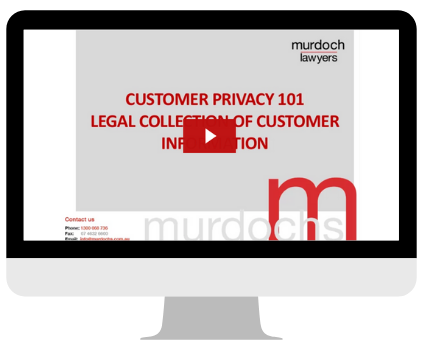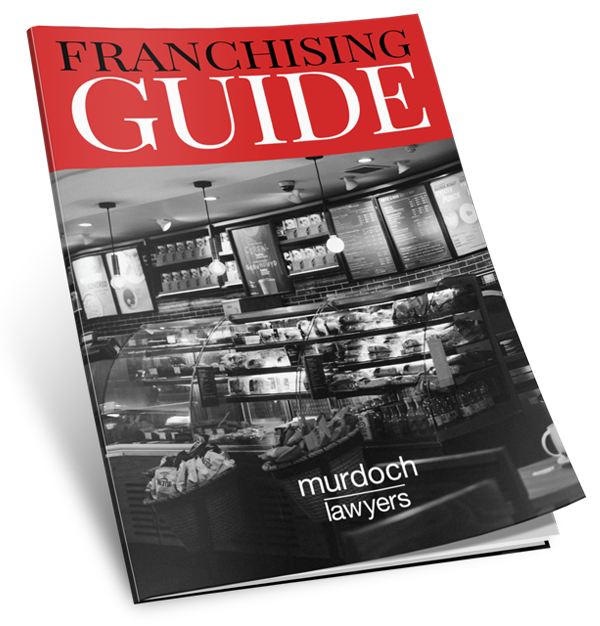Structuring Generally
There is a range of factors to be considered when choosing a structure, but there are four key factors on which more weight should be placed:
- Asset protection (protection of the assets of the owner versus protection of the assets of the venture)
- Income tax minimisation
- Capital gains tax minimisation
- Ease of administration
After weighing up these factors the choice of structure can be narrowed down considerably as some options will be able to be immediately discarded. For example, if capital gains tax minimisation is considered the most important factor, a company will not be chosen as companies do not qualify for the 50% concession for capital gains tax which is provided to individuals and trusts.
Protection of the Assets of the Owner
If the venture is likely to borrow money from trading partners or financial institutions it is important that it always has enough assets to satisfy these creditors. If there is the potential for the level of assets to diminish below the level of debt, asset protection becomes an important issue. The potential for this to occur usually exists when a business is undertaken in circumstances where it might make a loss, suffer financial difficulty or incur unexpected liabilities (eg be sued for negligence).
If a venture is likely to be sued by someone it is important to adequately insure against this possibility. Where insurance is not available or too expensive and the level of assets of the venture are less than the amount of the potential action, asset protection will be an important issue.
In both cases it will be important that a creditor is limited to attacking the assets of the venture, and is not able to pursue the assets of the owners, or any of the other structures the owner controls.
Protection of the Assets of the Venture
It may be important for the owner of the venture to protect the assets of the venture from his own personal creditors. Some structures provide for asset protection of this type by either ensuring that an interest in the structure is not controlled by the actual owner or that its nominal value is less than its real value.
Income Tax Minimisation
If a venture is to derive assessable income, planning to minimise income tax will be an important factor. Income tax minimisation can take the form of ensuring that income derived by a structure is taxed at the lowest possible rate. This can be done by, for example, ensuring low individual marginal rates and tax-free thresholds are taken advantage of and that other income is taxed at the corporate rate of 30 cents in the dollar.
Ensuring that the maximum amount of deductions can be claimed is also important. This might occur by taking advantage of the research and development deductions available to a company, or by taking advantage of the salary packaging options available if you are an employee of the venture.
When considering income tax minimisation both the application of the general anti -avoidance provisions (‘Part IVA’) and the Personal Services Income (‘PSI’) legislation should be considered. Part IVA may be applied by the Commissioner if it can be shown that a scheme has been entered into in order to derive a tax benefit. The PSI legislation eliminates many of the income tax advantages of various structures where personal services income is being derived.
Capital Gains Tax Minimisation
If a venture is to derive gains that are capital in nature, it will be advantageous to minimise the capital gains tax liability. The main way that this is achieved is by structuring a venture so that both the CGT 50% discount and the small business concessions can be accessed.
Ease of Administration
Any structure put in place will result in costs arising. Such costs include but are not limited to:
- The cost of establishing an entity;
- The cost of initial registrations;
- The costs of ongoing renewals; and
- The cost of accounting and tax return requirements.
Trading between structures within a group also adds an extra layer of complexity. Before putting any structure in place you need to weigh up the benefits to be derived against the administrative burden it may carry.
Other Factors to Consider when Choosing a Structure
In addition to the four critical factors listed above, certain other factors may influence the choice of structure:
- Understanding the structure and how to implement it;
- Adaption to change;
- Admission of equity partners;
- Borrowing capacity;
- Control;
- Succession planning / family involvement;
- Superannuation contributions; and
- Minimisation of payroll tax and stamp duty.




